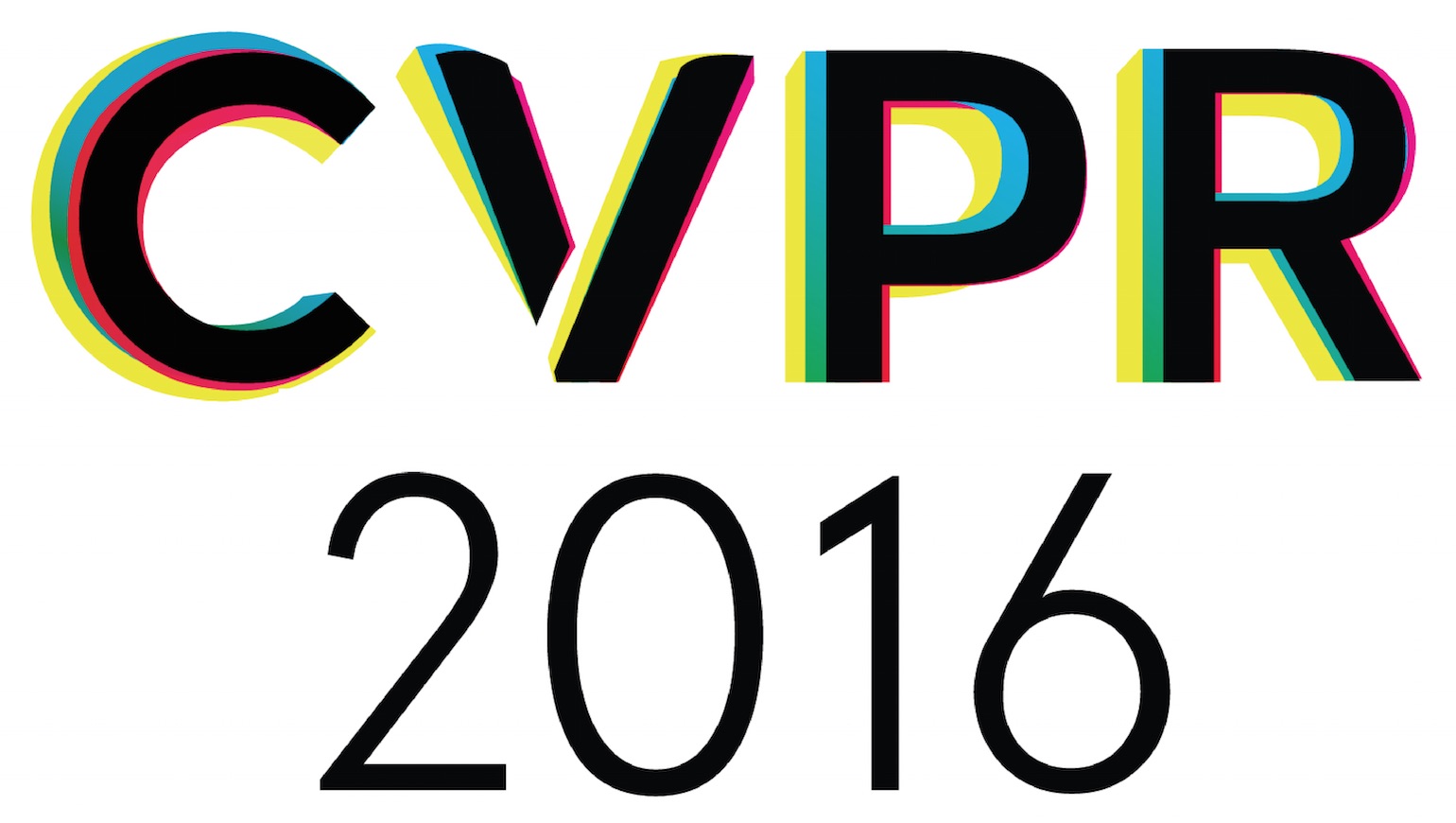-
Online Detection and Classification of Dynamic Hand Gestures With Recurrent 3D Convolutional Neural Network
AbstractAutomatic detection and classification of dynamic hand gestures in real-world systems intended for human computer interaction is challenging as: 1) there is a large diversity in how people perform gestures, making detection and classification difficult; 2) the system must work online in order to avoid noticeable lag between performing a gesture and its classification; in fact, a negative lag (classification before the gesture is finished) is desirable, as feedback to the user can then be truly instantaneous. In this paper, we address these challenges with a recurrent three-dimensional convolutional neural network that performs simultaneous detection and classification of dynamic hand gestures from multi-modal data. We employ connectionist temporal classification to train the network to predict class labels from in-progress gestures in unsegmented input streams. In order to validate our method, we introduce a new challenging multi-modal dynamic hand gesture dataset captured with depth, color and stereo-IR sensors. On this challenging dataset, our gesture recognition system achieves an accuracy of 83.8%, outperforms competing state-of-the-art algorithms, and approaches human accuracy of 88.4%. Moreover, our method achieves state-of-the-art performance on SKIG and ChaLearn2014 benchmarks.
Related Material
[pdf] [supp][bibtex]@InProceedings{Molchanov_2016_CVPR,
author = {Molchanov, Pavlo and Yang, Xiaodong and Gupta, Shalini and Kim, Kihwan and Tyree, Stephen and Kautz, Jan},
title = {Online Detection and Classification of Dynamic Hand Gestures With Recurrent 3D Convolutional Neural Network},
booktitle = {Proceedings of the IEEE Conference on Computer Vision and Pattern Recognition (CVPR)},
month = {June},
year = {2016}
}
These CVPR 2016 papers are the Open Access versions, provided by the Computer Vision Foundation.
Except for the watermark, they are identical to the accepted versions; the final published version of the proceedings is available on IEEE Xplore.
Except for the watermark, they are identical to the accepted versions; the final published version of the proceedings is available on IEEE Xplore.
This material is presented to ensure timely dissemination of scholarly and technical work.
Copyright and all rights therein are retained by authors or by other copyright holders.
All persons copying this information are expected to adhere to the terms and constraints invoked by each author's copyright.

